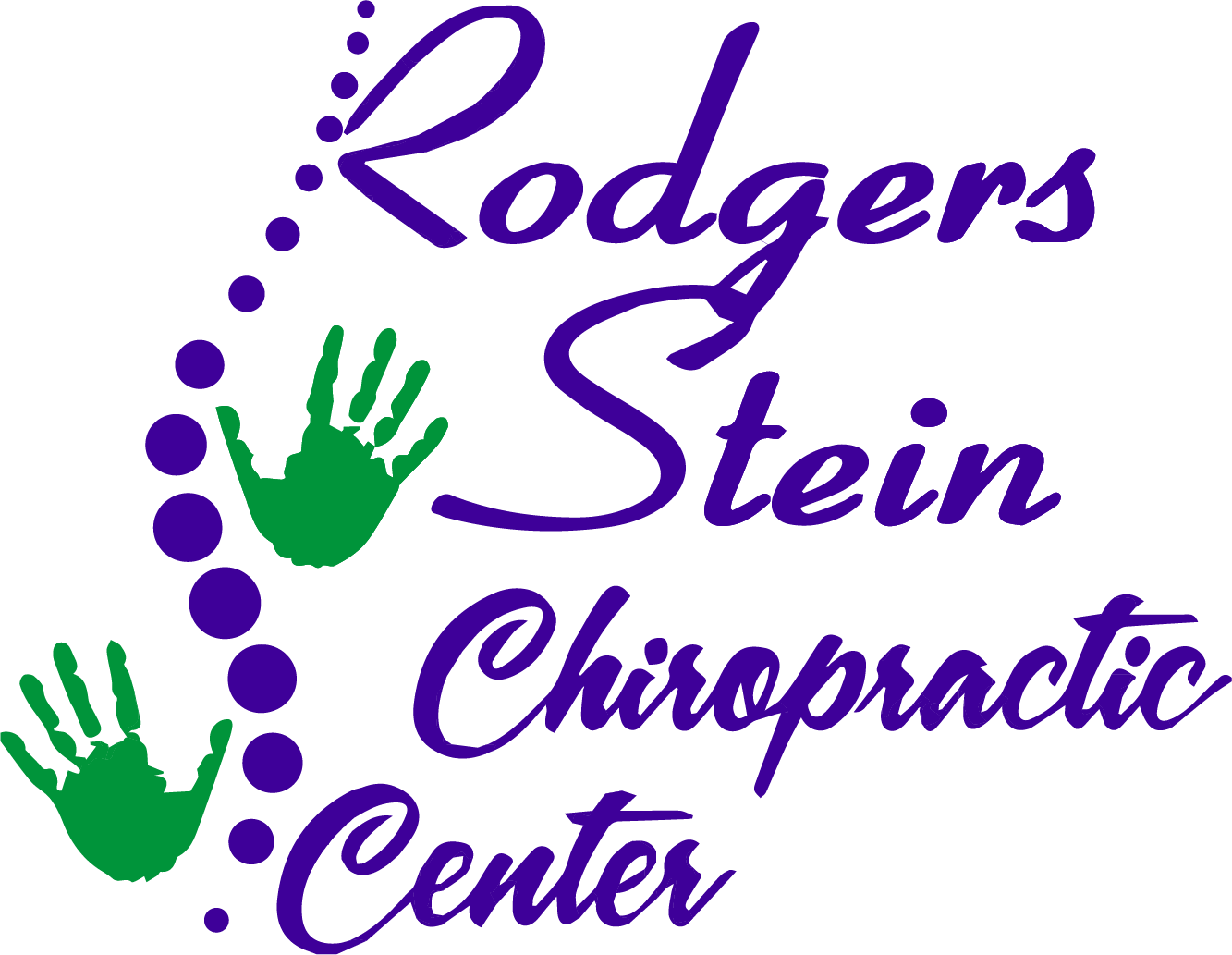When back pain strikes, you might think that expensive treatments are your only option for relief. But have you considered the variety of effective and affordable solutions available? From simple home remedies to lifestyle adjustments, many approaches can help you manage discomfort without emptying your wallet. Exploring these alternatives might just change your perspective on back pain treatment. What if the key to your relief lies in something you haven't tried yet?
Understanding Back Pain Causes
When it comes to understanding back pain causes, recognizing the myriad factors at play is vital. You mightn't realize that back pain can stem from a combination of physical, emotional, and lifestyle-related issues.
For instance, muscle strain often occurs from lifting heavy objects improperly or overexerting yourself during physical activities. You may find that repetitive motions, like bending or twisting, also contribute to discomfort.
Another significant factor is your posture. Poor posture while sitting, standing, or sleeping can lead to misalignment and strain on your back muscles. If you spend long hours at a desk, it's important to pay attention to how you're sitting.
Additionally, your weight plays a role; excess weight can put added pressure on your spine, leading to pain over time.
Emotional stress can't be overlooked either. It may surprise you that tension and anxiety can manifest as physical pain. When you're stressed, your muscles tend to tighten, which could result in discomfort in your back.
Moreover, underlying medical conditions such as arthritis, herniated discs, or spinal stenosis can also be culprits. If you've had previous injuries or surgeries, they can create lingering issues that contribute to your pain.
Understanding these causes is the first step towards addressing your back pain effectively. By identifying the specific factors in your life, you can better strategize on how to alleviate these issues and improve your overall well-being.
Importance of Lifestyle Changes
Making lifestyle changes can greatly impact your back pain management. You mightn't realize it, but daily habits and choices play a significant role in how your body feels. By making conscious adjustments, you can alleviate discomfort and improve your overall well-being.
First, consider your posture. When you sit or stand, make sure you're maintaining a neutral spine position. Ergonomic chairs or supportive cushions can help, especially if you work at a desk for long hours.
Also, be mindful of how you lift heavy objects; using your legs instead of your back can prevent strain.
Next, look at your activity levels. Regular movement can strengthen your back muscles and improve flexibility. Even simple activities like walking or stretching can make a big difference.
If you spend most of your day sedentary, try to incorporate short breaks to walk around or stretch.
Nutrition is another key factor. Eating a balanced diet rich in anti-inflammatory foods can help your body fight pain. Staying hydrated is equally important, as dehydration can contribute to muscle cramps and discomfort.
Lastly, prioritize sleep. A good night's rest allows your body to recover and heal. Invest in a supportive mattress and pillow to maintain proper alignment while you sleep.
Benefits of Physical Therapy
Physical therapy can considerably enhance your mobility and flexibility, helping you regain movement without pain.
You'll also learn effective pain management techniques tailored to your needs, making daily activities easier.
With personalized treatment plans, physical therapy addresses your specific challenges, ensuring a focused approach to your recovery.
Enhanced Mobility and Flexibility
Enhanced mobility and flexibility are essential for anyone dealing with back pain, and physical therapy offers a targeted approach to achieving these benefits. When you engage in physical therapy, your therapist will design a personalized program that focuses on stretching and strengthening the muscles surrounding your spine. This not only helps alleviate pain but also improves your overall range of motion.
You'll learn specific exercises that enhance flexibility, allowing you to move more freely. As you progress, you'll notice that daily activities become easier, whether it's bending to tie your shoes or lifting groceries. Improved mobility can lead to a more active lifestyle, which is vital for your overall well-being.
Moreover, physical therapy emphasizes proper body mechanics, teaching you how to move safely and efficiently. This knowledge can prevent future injuries and help you avoid the cycle of pain and limitation.
Pain Management Techniques
Finding relief from back pain often requires a multifaceted approach, and pain management techniques play a substantial role in this process. One effective method is physical therapy, which focuses on strengthening the muscles that support your spine. By improving your strength and stability, you can reduce the strain on your back, alleviating pain and enhancing your overall function.
Physical therapists often tailor exercises to your specific needs, ensuring you work on areas that matter most for your recovery. You'll learn proper body mechanics and posture, which can prevent future injuries. Additionally, manual therapy techniques, like massage and mobilization, can directly reduce tension in tight muscles and improve your range of motion.
Another benefit of physical therapy is that it encourages active participation in your healing process. You'll gain knowledge about your condition, empowering you to make informed decisions about your care. This proactive approach can lead to long-term relief, reducing your reliance on medications or invasive treatments.
Incorporating these pain management techniques into your routine can greatly enhance your quality of life and help you regain control over your back pain.
Personalized Treatment Plans
A personalized treatment plan can greatly improve your recovery from back pain, as it addresses your unique needs and goals. Instead of a one-size-fits-all approach, a tailored plan considers your specific symptoms, lifestyle, and medical history. This means you'll engage in exercises that are effective for your condition, helping you regain strength and flexibility.
Physical therapy plays an essential role in creating these personalized plans. By working closely with a therapist, you'll receive expert guidance on movements that promote healing while avoiding aggravation of your injury. You'll learn techniques to manage pain and improve mobility, making daily activities easier and more enjoyable.
Additionally, a customized plan often includes education on posture and ergonomics, which can prevent future issues. This proactive approach not only alleviates current discomfort but also empowers you to take control of your back health.
In the end, investing in a personalized treatment plan can lead to faster recovery and long-term relief. You'll not only feel better but also gain the knowledge and tools necessary to maintain a healthy back for years to come.
Home Remedies for Relief
When you're dealing with back pain, home remedies can offer significant relief.
Stretching exercises, heat and cold therapy, and herbal remedies are effective options you can try right at home.
Let's explore how these simple techniques can help ease your discomfort.
Stretching Exercises Benefits
Stretching exercises can offer significant relief from back pain, making them a valuable addition to your home remedy toolkit. Incorporating regular stretching into your routine can help improve flexibility, strengthen your muscles, and promote better posture.
When your muscles are flexible and strong, they're less likely to strain or become injured, reducing your chances of experiencing back pain.
You don't need to spend hours in the gym to reap these benefits. Simple stretches can be done at home, often requiring just a few minutes each day. Focus on stretches that target your lower back, hamstrings, and hip flexors, as these areas are often tight and contribute to discomfort.
Pay attention to your body's signals while stretching. It's important to stretch gently and avoid any movements that cause pain. Consistency is key; making stretching a regular habit can lead to long-term relief.
You might find that incorporating breathing techniques while stretching enhances your relaxation and helps alleviate tension.
Heat and Cold Therapy
Heat and cold therapy can be incredibly effective for relieving back pain at home. When you apply heat to your back, it helps relax tight muscles and improve blood flow, which can speed up healing. You can use a heating pad, hot water bottle, or even a warm bath to achieve this. Just be sure to keep the heat source at a comfortable temperature to avoid burns.
On the other hand, cold therapy reduces inflammation and numbs sharp pain. Ice packs or a bag of frozen vegetables wrapped in a cloth can work wonders. Apply cold therapy for about 15-20 minutes at a time, and always allow your skin to return to normal temperature before reapplying.
To get the best results, you might want to alternate between heat and cold therapy. Start with cold therapy to reduce swelling, then switch to heat to relax your muscles. This combination can provide effective relief and help you regain mobility.
Remember to listen to your body; if something doesn't feel right, adjust your approach. With consistency, you can find comfort and relief from back pain right in your own home.
Herbal Remedies for Pain
Exploring natural options for back pain relief can be a game changer, especially if you've found heat and cold therapy helpful. Herbal remedies offer a variety of solutions that might ease your discomfort.
One popular option is turmeric, known for its anti-inflammatory properties. You can mix turmeric powder with warm milk or water and drink it daily.
Another effective herb is ginger, which can reduce pain and inflammation. You can consume it fresh, as a tea, or in capsules.
Devil's claw is another herb to take into account; it's been used for centuries to relieve pain and can be taken as a supplement.
If you prefer topical solutions, try arnica gel or oil. Applying it directly to your back can provide localized relief.
Additionally, white willow bark has natural pain-relieving compounds similar to aspirin. You can find it in capsules or teas.
Before starting any herbal remedy, it's wise to consult with a healthcare provider, especially if you're taking other medications.
With the right approach, these herbal options can complement your existing pain relief strategies and help you manage back pain more effectively.
Mindfulness and Stress Reduction
Mindfulness and stress reduction play essential roles in managing back pain. When you incorporate mindfulness into your daily routine, you become more aware of your body and its signals. This heightened awareness can help you recognize tension and discomfort before it escalates.
Stress often exacerbates pain, so learning to manage it can greatly improve your overall well-being.
Here are some effective mindfulness and stress reduction techniques you can try:
- Meditation: Spend a few minutes each day focusing on your breath. This can help calm your mind and reduce stress levels.
- Progressive Muscle Relaxation: Tense and then relax each muscle group in your body, starting from your toes and moving to your head. This can release physical tension.
- Mindful Walking: Take a walk while paying attention to each step, your surroundings, and your breath. This combines movement with mindfulness.
- Deep Breathing Exercises: Practice deep, diaphragmatic breathing to help lower your heart rate and promote relaxation.
- Gratitude Journaling: Write down things you're grateful for each day. This shifts your focus away from pain and stress towards positive aspects of your life.
Affordable Exercise Options
Finding affordable exercise options is essential for managing back pain without breaking the bank. You don't need a gym membership or expensive equipment to get moving. Simple exercises at home can strengthen your core, improve flexibility, and relieve tension in your back.
Start with stretching. Gentle movements like cat-cow stretches, child's pose, and seated forward bends can help release tight muscles. You can find plenty of free resources online, including videos and guides that demonstrate proper techniques. Incorporating these stretches into your daily routine takes little time and can lead to significant improvements.
Next, consider body-weight exercises. Push-ups, squats, and planks are effective for building strength and stability. You can do these anywhere and modify them to suit your fitness level. Aim for consistency by setting aside a few minutes each day to engage in these exercises.
Walking is another fantastic option. It's low-impact and easy on your joints. Just a brisk walk around your neighborhood can boost your mood, increase circulation, and help alleviate back pain. Plus, you can invite a friend or family member to join you, making it a social activity.
Finally, don't overlook yoga. Many online platforms offer free or low-cost classes tailored for beginners. Yoga can enhance your strength, flexibility, and mindfulness, all of which are beneficial for back pain relief.
Incorporating these affordable exercise options into your routine can make a world of difference in how you manage back pain. You just need to start moving!
Alternative Therapies to Consider
While traditional treatments like medication and physical therapy are common for back pain, alternative therapies can offer valuable relief and complement your existing regimen. Exploring these options might help you find the relief you've been seeking without resorting to expensive treatments.
Here are some alternative therapies to contemplate:
- Acupuncture: This ancient practice involves inserting thin needles into specific points on your body to relieve pain. Many people find it effective for managing back pain.
- Chiropractic care: A chiropractor can adjust your spine and improve alignment. These adjustments can alleviate pressure on your nerves and provide immediate relief.
- Massage therapy: Regular massages can relax tense muscles and improve blood circulation, which might help ease your back pain over time.
- Yoga: Practicing yoga not only increases flexibility and strength but also promotes relaxation. Certain poses specifically target back pain relief.
- Mindfulness and meditation: These techniques can help you manage pain by reducing stress and improving your mental resilience.
Integrating any of these therapies into your routine can enhance your overall well-being and may lead to significant improvements in your back pain.
When to Seek Professional Help
Back pain can be a stubborn foe, and knowing when to seek professional help is essential for effective management. If your discomfort lingers for more than a few weeks, it's time to consult a healthcare provider. Persistent pain often signals an underlying issue that may require professional assessment and treatment.
You should also reach out for help if your back pain is severe or accompanied by other symptoms like numbness, weakness, or tingling in your legs. These could indicate nerve involvement or more serious conditions. If you experience trouble with bowel or bladder control, don't wait; these are red flags that need immediate attention.
Additionally, if your pain worsens despite trying various home remedies or alternative therapies, it's wise to seek guidance. A professional can provide a tailored treatment plan that may include physical therapy, medication, or even imaging studies to identify the root cause of your pain.
Don't ignore any pain that follows a fall or injury. Getting evaluated sooner rather than later can prevent complications and lead to a quicker recovery.
Conclusion
You don't have to rely on expensive treatments to find relief from back pain. By exploring lifestyle changes, home remedies, and alternative therapies, you can effectively manage your discomfort and improve your well-being. Incorporating simple stretches, mindfulness practices, and affordable exercise options can make a big difference. Remember, if your pain persists, it's always wise to seek professional help. Take control of your back pain journey—there are plenty of effective solutions that won't break the bank!



